Metabolic / Respiration
How Enzymes Work | Maria Voigt
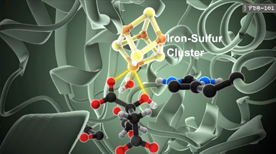
This animation describes how enzymes maintain the rate of thousands chemical reactions within a cell necessary for its survival, such as metabolism, protein synthesis, cell renewal, and growth. In particular, we see how aconitase is an enzyme of the citric acid cycle that uses its amino acid residues to catalyze a reaction.
» View the animation at RCSB PDBVillus Capillary – Hemoglobin | Gaël McGill
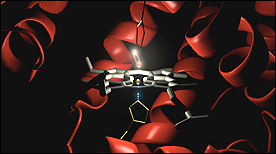
An animation that takes the viewer from the tissue level (i.e. a capillary inside a gut villus) all the way to the molecular level (by taking a look at the conformational changes that occur as a result of oxygen release by hemoglobin).
» View the animationSickle Cell Hemoglobin | Drew Berry
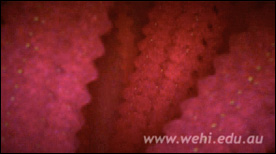
This animation depicts hemoglobin molecules binding to oxygen. The mutant form of hemoglobin is also shown and results in the assembly of the long stiff protein fibers characteristic of the disease sickle cell anemia.
» View the animation at WEHIHemoglobin | Janet Iwasa

A series of short movies decribing the structure of hemoglobin and the conformational changes that accompany binding of oxygen. Page also includes other useful resources.
» View the animationATP Synthase – Part I | Said Sannuga
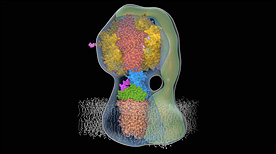
The rotary mechanism of mitochondrial ATP synthase.
» View the animation at MRCATP Synthase – Part II | Said Sannuga

View from above and then below the F1 domain along the rotating γ-subunit.
» View the animation at MRCATP Synthase – Part III | Said Sannuga

How the rotating γ-subunit imposes the conformational states on a β-subunit required for substrate binding, ATP formation and ATP release.
» View the animation at MRCATP Synthase – Part IV | Said Sannuga
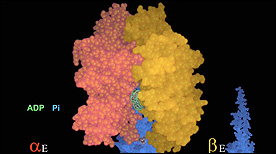
Three conformations of a catalytic β-subunit produced by 120º rotations of the central γ-subunit.
» View the animation at MRCATP Synthase – Part V | Said Sannuga

Changes in the positions of sidechains in the catalytic site of F1-ATPase bringing about binding and subsequent hydrolysis of ATP.
» View the animation at MRCATP Synthase | Graham Johnson

This animation describes the transfer of chemiosmotic energy into rotational energy, and ultimately into the chemical bond energy of ATP.
» View the animation









